Reviewed by Julianne Ngirngir
You've been there—standing in the Apple Store, calculator app open, trying to justify spending an extra $100 for more storage because 128GB just isn't cutting it anymore. Well, Apple's about to shake up that familiar dance with the iPhone 17 Pro, and the move is as brilliant as it is risky.
The iPhone 17 Pro will start at $1,049 with doubled base storage to 256GB, marking a $50 price increase over the current iPhone 16 Pro's $999 starting point. This isn't just about giving you more space—it's Apple's response to shifting buyer behavior where 44% of iPhone buyers now choose storage upgrades, generating massive profits from what used to be guaranteed upsells.
Here's what this pricing pivot means for your wallet and Apple's bottom line.
The storage upsell game is changing fast
Apple's storage upgrade business has been a goldmine, but the numbers tell a different story lately. While almost two-thirds of iPhone 15 Pro and Pro Max buyers upgraded storage in the past year, that percentage has actually dropped for the iPhone 16 generation.
The trend is telling: only 44% of iPhone 16 Pro buyers chose storage upgrades, down from 48% for iPhone 15 Pro models in the same period. Even more striking, just 42% of standard iPhone 16 buyers upgraded storage, compared to 48% for iPhone 15 models last year.
This shift reveals something deeper than just price sensitivity. Buyers are becoming more strategic, influenced by cloud storage alternatives, better iOS storage management features, and frankly, more awareness of storage markup profits. Mix in economic uncertainty and longer upgrade cycles, and you've got consumers questioning every premium add-on.
PRO TIP: Apple currently charges anywhere from $100 to $500 per upgrade—so that base storage bump could save early adopters serious cash.
Instead of chasing declining upgrade rates with deeper storage discounts, Apple's flipping the entire model. By building the first upgrade tier into the base price, they're protecting margins while appearing to offer better value—classic Apple positioning.
What $50 more actually gets you in 2025
The math here is fascinating. Currently, the iPhone 16 Pro starts at 128GB for $999, while the 256GB version costs $1,099. That's a $100 jump for double the storage. With the iPhone 17 Pro starting at $1,049 for 256GB, you're essentially getting that storage upgrade for half price.
But there's more to the story. The iPhone 17 Pro is expected to pack 12GB of RAM (a 50% increase) and significant design changes including an aluminum unibody replacing titanium. You're also getting upgraded camera systems with a 48-megapixel telephoto and potentially 8x optical zoom.
The kicker? All four iPhone 17 models will get ProMotion displays with 120Hz refresh rates, Apple's custom Wi-Fi chip, and support for up to 35W wired charging speeds.
These substantial hardware improvements create a compelling value narrative that transforms the storage bump from a hidden tax into a logical bundling decision. When you're already redesigning the device and adding premium features, including premium storage feels like completing the experience rather than nickeling and diming customers.
Why Apple's timing makes perfect sense (and dollars)
This move comes as Apple faces some headwinds. iPhone shipments are projected to decline by about 6% year-over-year in the first half of 2025, with Chinese market share particularly concerning where iPhone shipments dropped 10-12% in December 2024.
These volume pressures coincide perfectly with favorable supply chain conditions. The NAND flash memory market is in oversupply, with prices declining through 2024 and into 2025. Major suppliers like Samsung and Kioxia are cutting production to avoid further price erosion.
This creates the perfect storm: Apple can offer double the storage at reduced component costs while charging customers $50 more than last year's base price. The strategy addresses competitive pressure too, as Samsung's Galaxy S24 Ultra starts at $1,299 for 256GB, making Apple's $1,049 starting point look downright reasonable for comparable storage and features.
Apple's revenue strategy has evolved significantly—the company reported $391 billion in 2024, up from $8.2 billion in 2004, largely thanks to mastering the upsell game. But when traditional upgrade paths show weakness, you restructure the value ladder entirely.
The real question: Is this the new normal?
Here's what makes this particularly interesting—component costs are actually working in Apple's favor right now, but this storage strategy could reshape their entire iPhone ecosystem. With the new ultra-thin iPhone 17 Air featuring a 6.6-inch display and the standard iPhone 17 growing to 6.3 inches, Apple's essentially repositioning storage expectations across all price tiers.
The favorable flash memory market conditions enable Apple to make this move without sacrificing margins, but they also create an opportunity to establish new baseline expectations. Once customers expect 256GB as standard in Pro models, reverting to 128GB becomes nearly impossible—you've permanently shifted the value perception.
This cascading effect could pressure the entire industry. As budget and mid-range iPhones eventually adopt higher base storage to maintain competitive positioning, the days of 128GB flagships may be numbered across all manufacturers.
Remember when Apple did something similar? The iPhone 15 Pro Max launched at $1,199 with 256GB storage, compared to the iPhone 14 Pro Max's $1,099 starting point with just 128GB. That move tested customer acceptance of bundled value increases, and success there likely influenced this broader strategy.
Don't Miss: The iPhone 17 lineup is rumored for a September 9 announcement, so we'll know soon enough if this pricing strategy sticks.
Where does this leave your upgrade decision?
If you're someone who typically bought the base iPhone Pro and immediately regretted the storage limitation, this is genuinely good news. You're getting what used to be a $100 upgrade for just $50 more than last year's starting price.
But if you were perfectly happy with 128GB and rarely needed more space, you're essentially paying for storage you might not use. The beauty is in the balance—Apple's betting most Pro users fall into that first category, especially as app sizes keep growing and camera capabilities expand.
Having tested every iPhone Pro since the 128GB base storage era began, the storage limitation has consistently been the most frequent user complaint I encounter. The 64GB-to-128GB jump felt like progress; 128GB-to-256GB feels like catching up to where we should have been years ago.
The real wildcard is how this affects the broader iPhone 17 lineup. With the new ultra-thin iPhone 17 Air featuring a 6.6-inch display and the standard iPhone 17 growing to 6.3 inches, storage needs across the board are likely increasing.
This pricing move represents Apple's evolution from selling individual upgrades to selling complete value propositions. Rather than nickeling and diming customers at checkout, they're building the experience people actually want and pricing it transparently upfront. Sound familiar? Apple's once again found a way to make a necessary evolution feel like customer-friendly innovation.




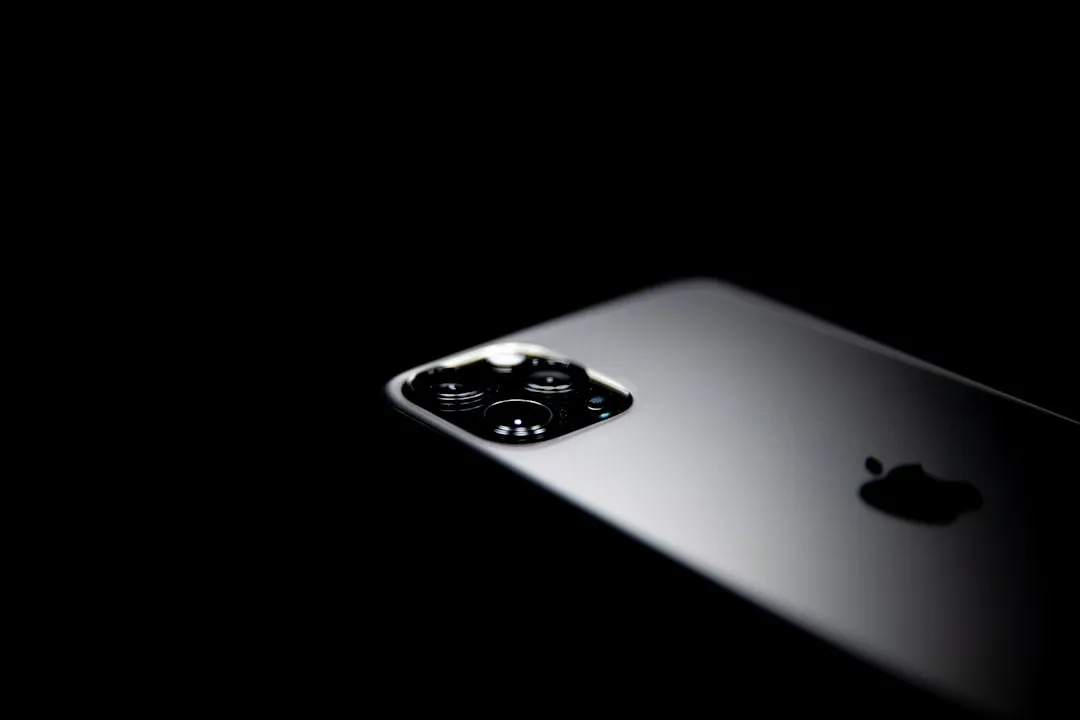
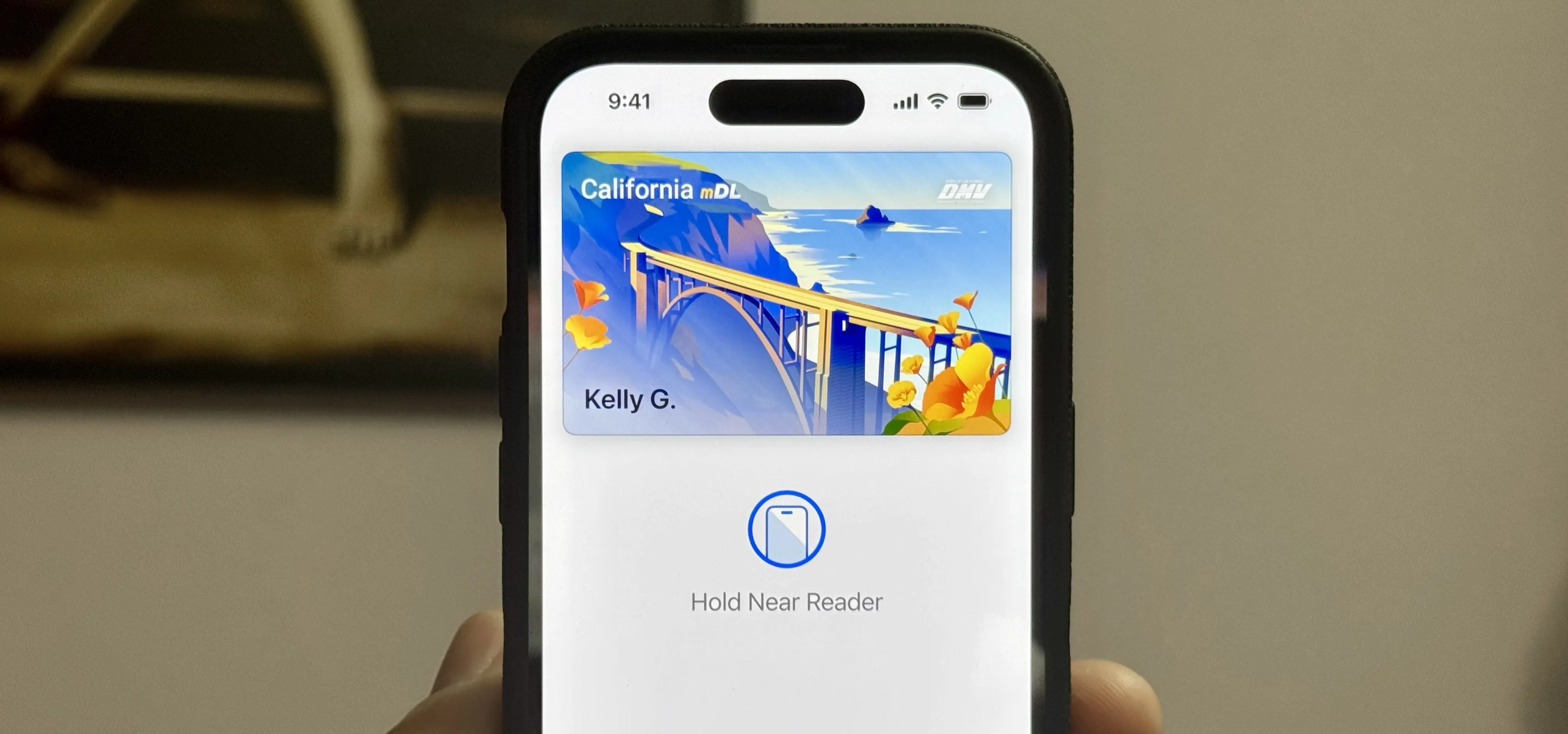
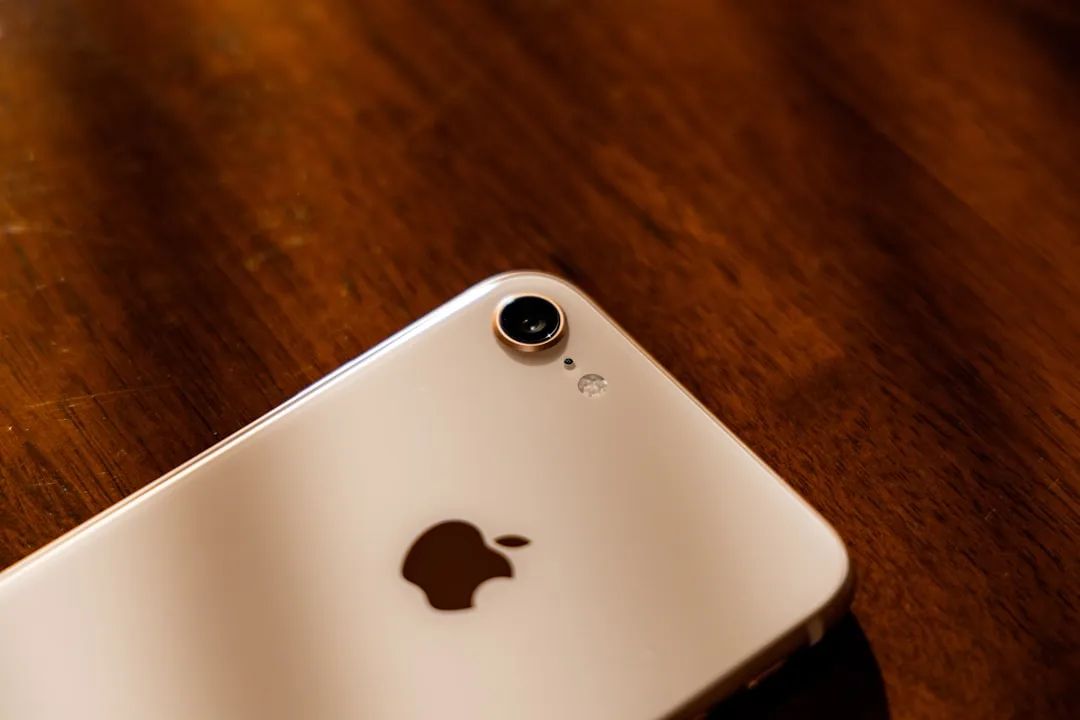
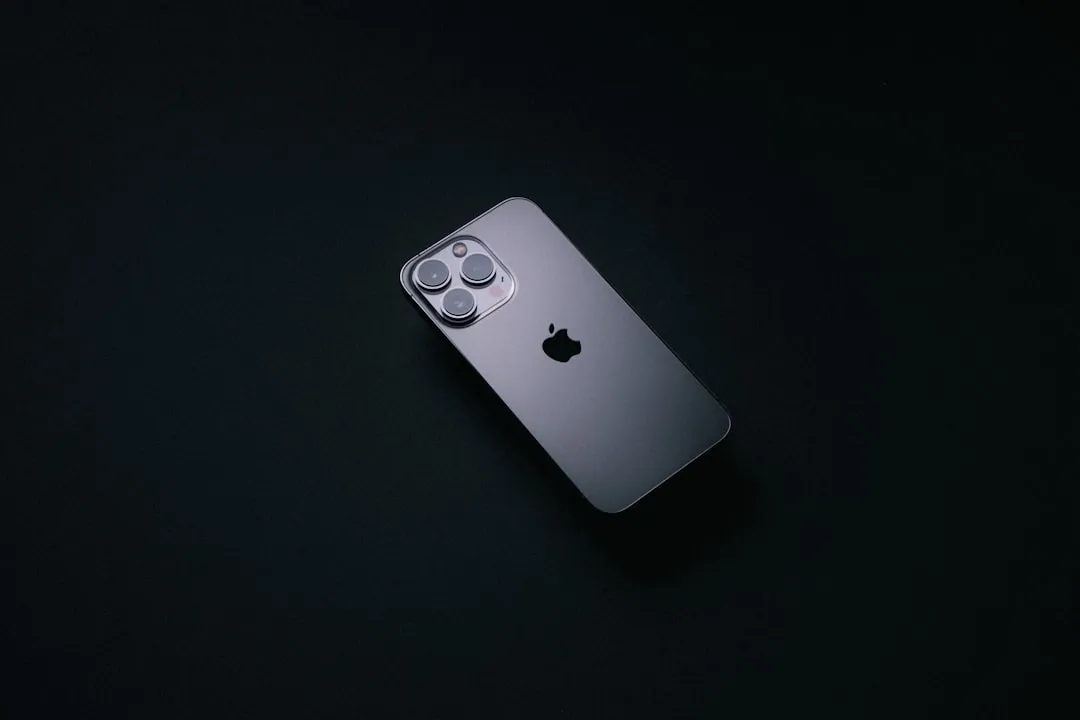
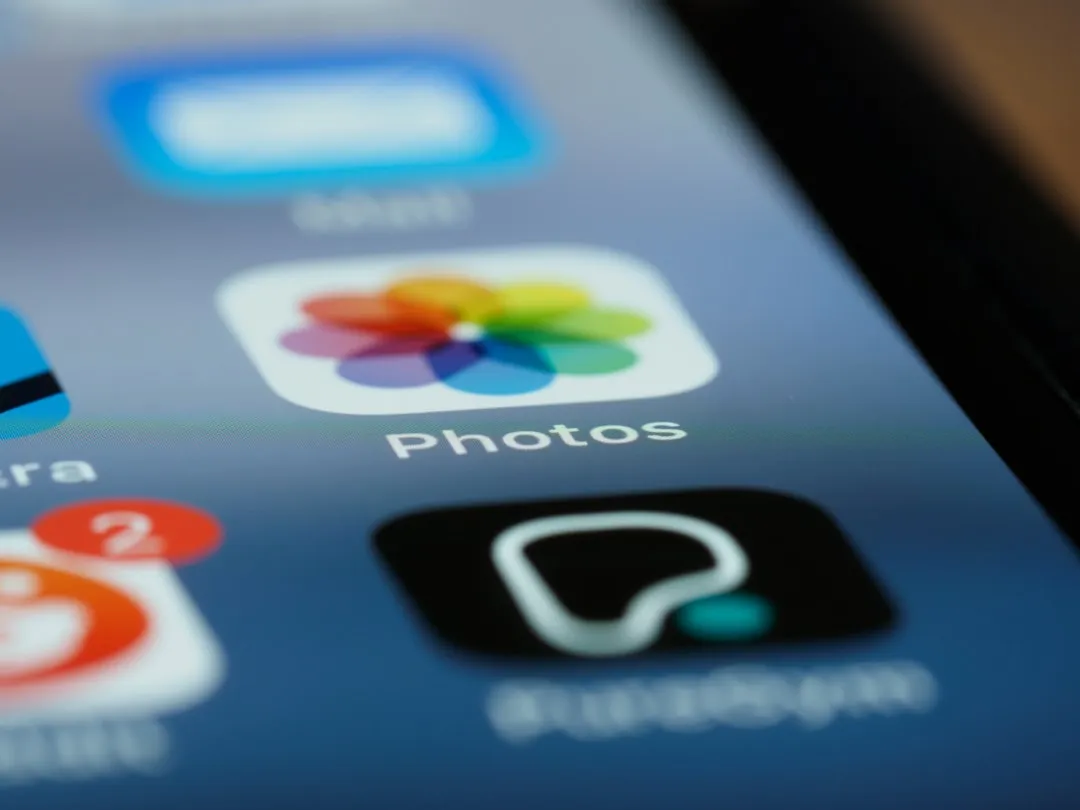
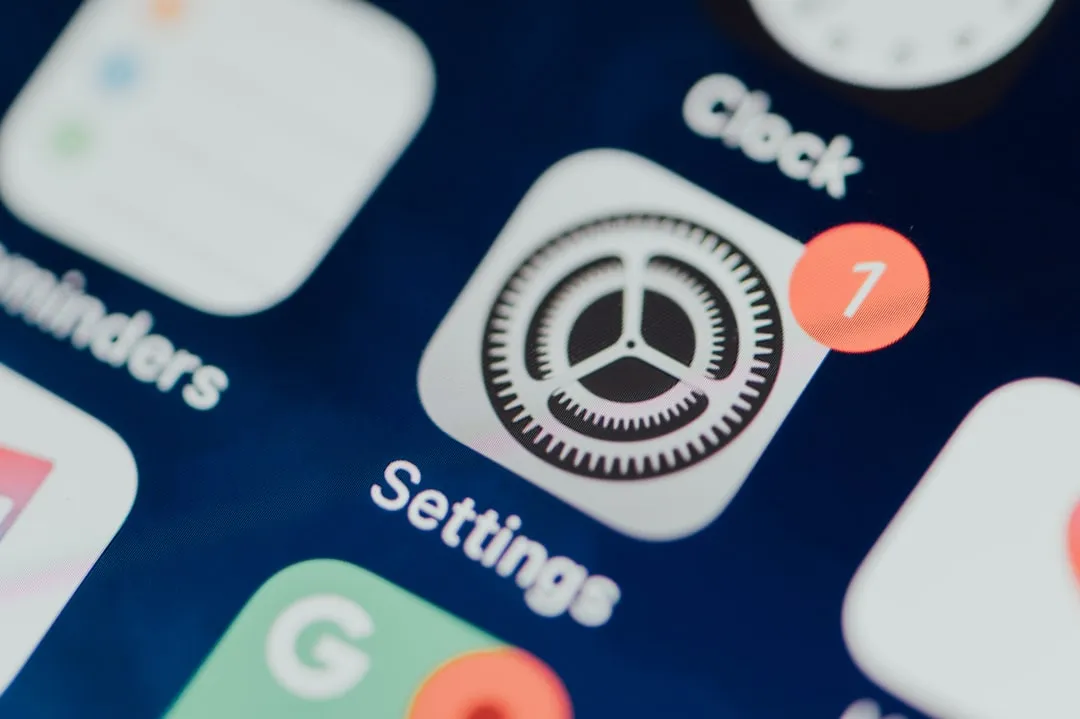
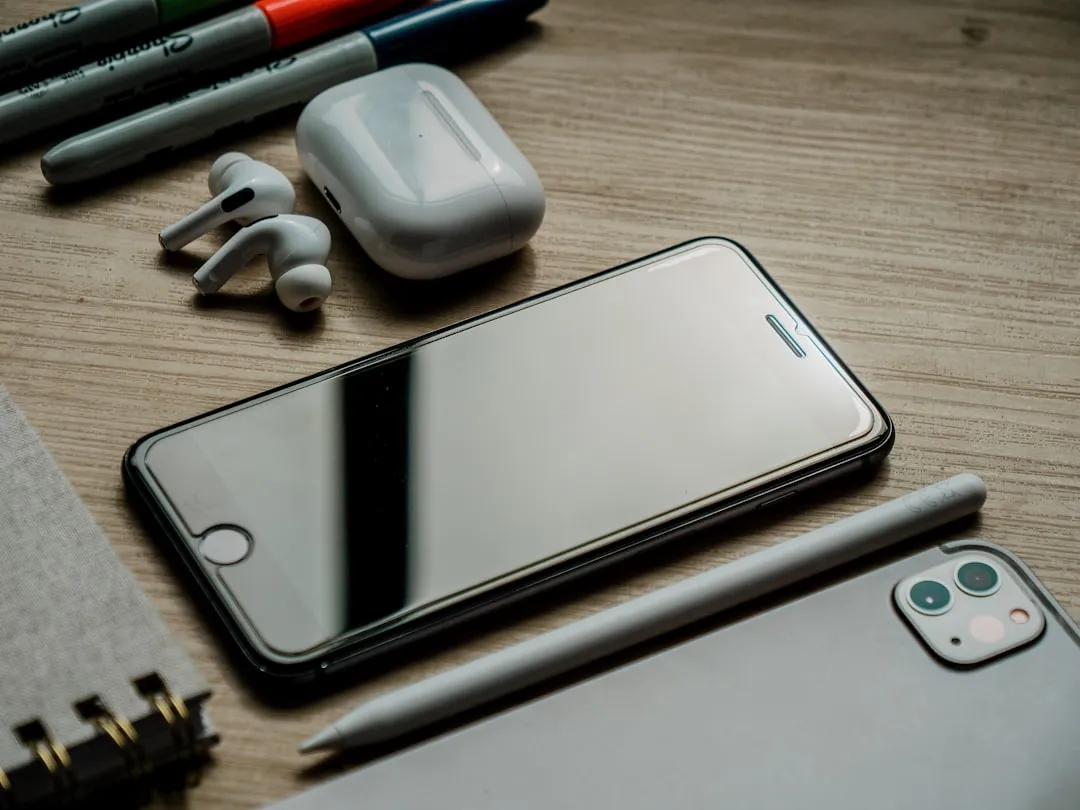

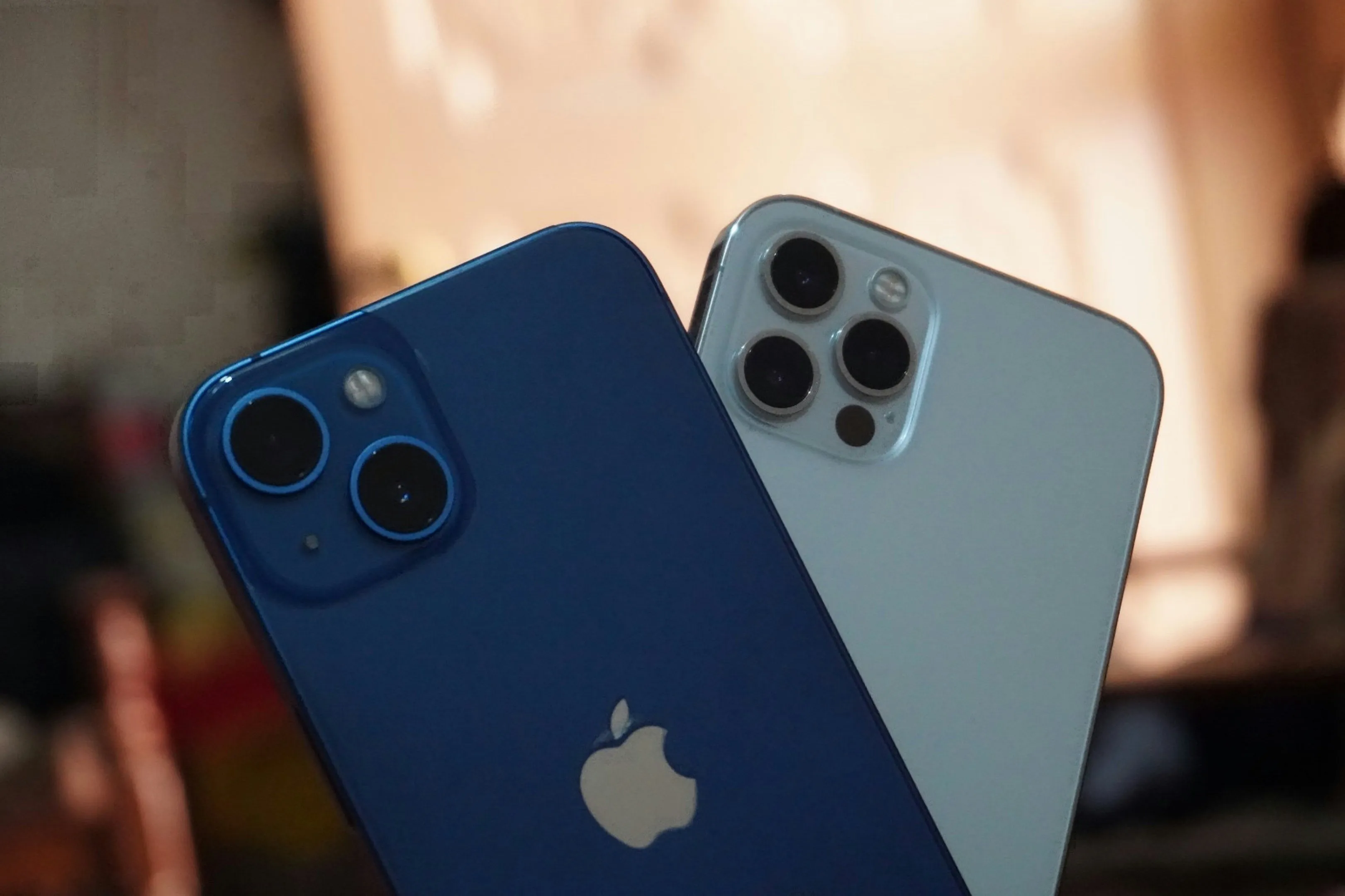

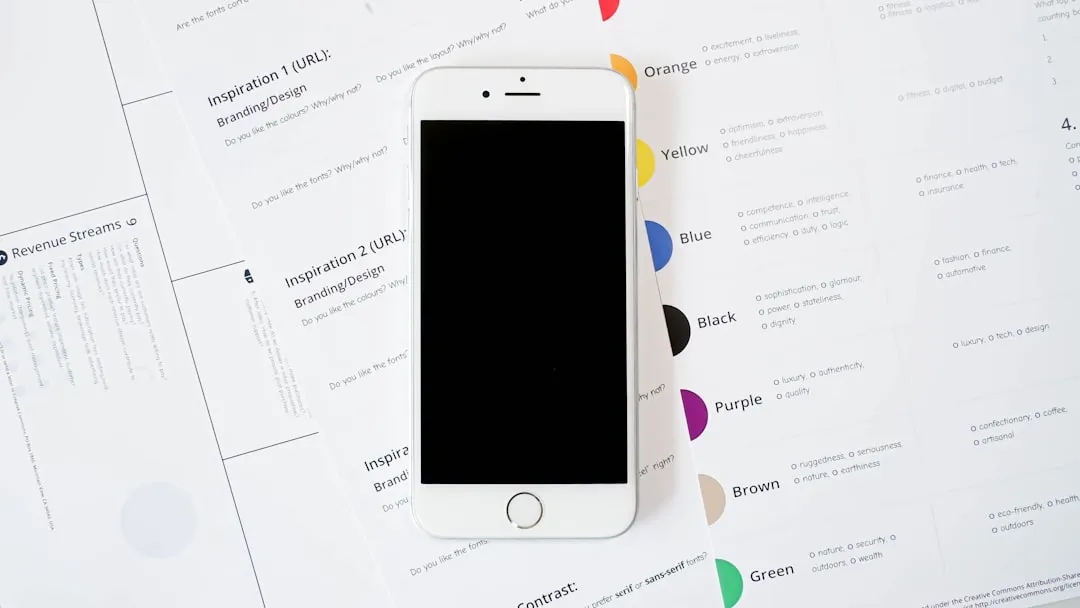
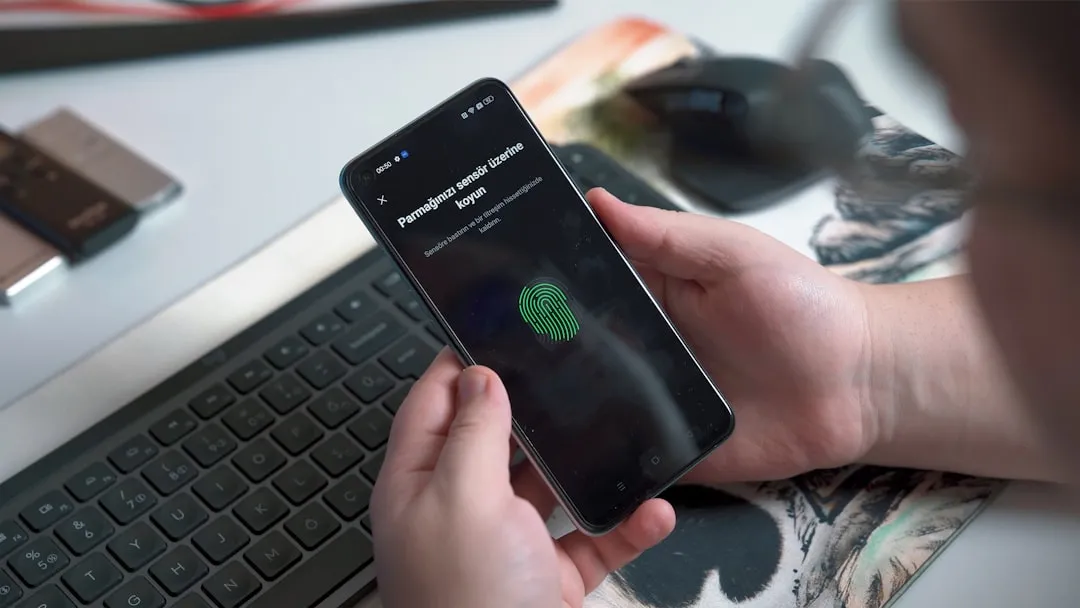
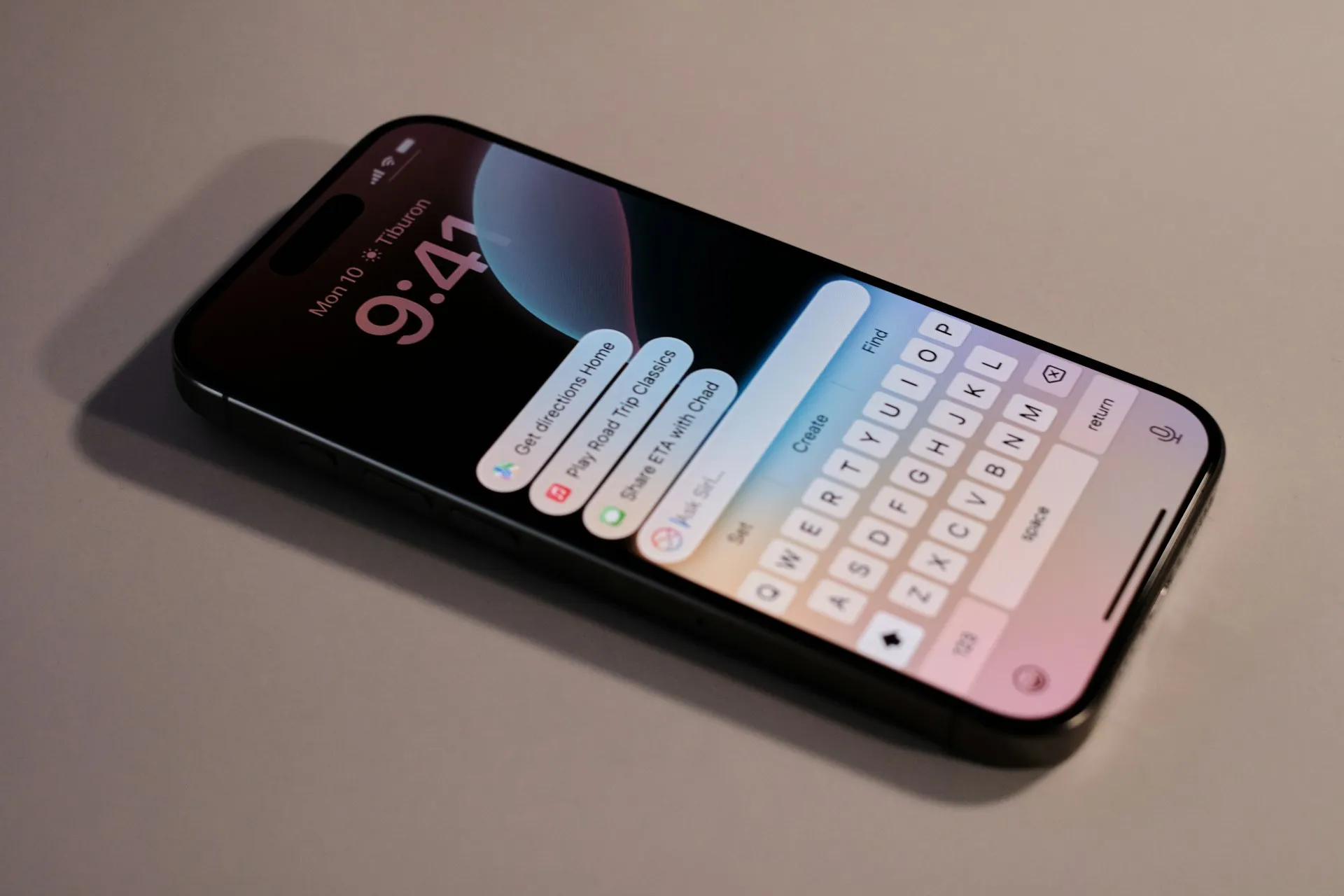

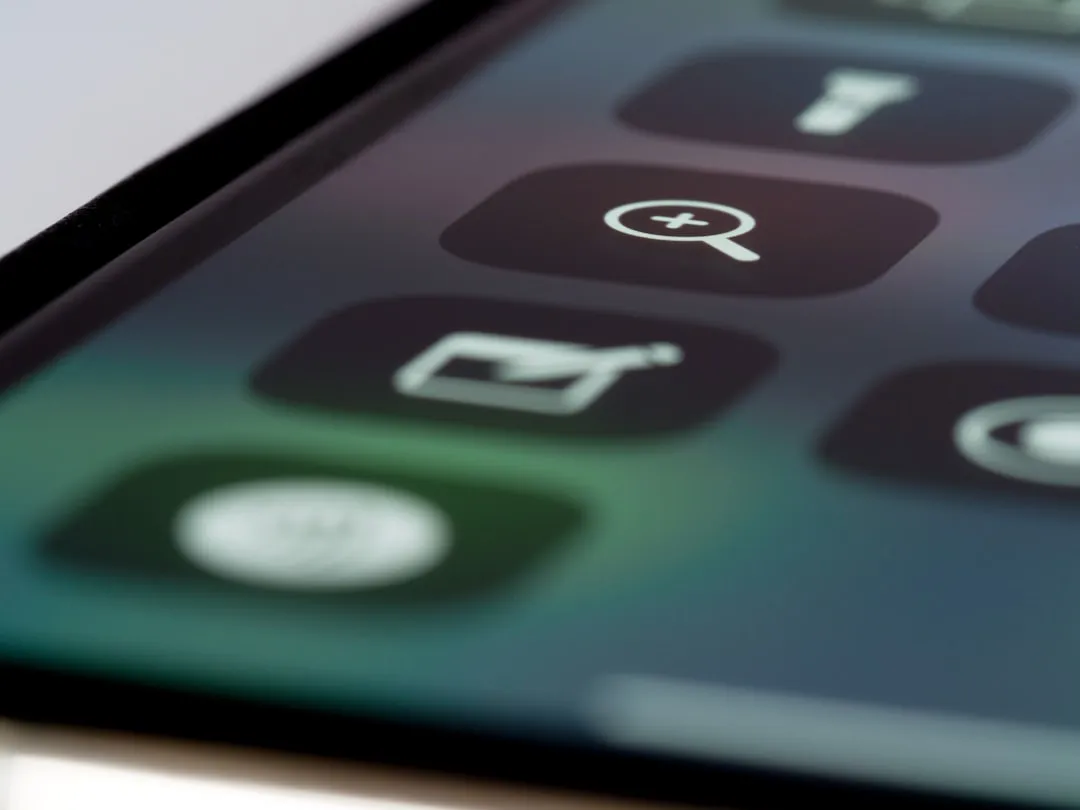
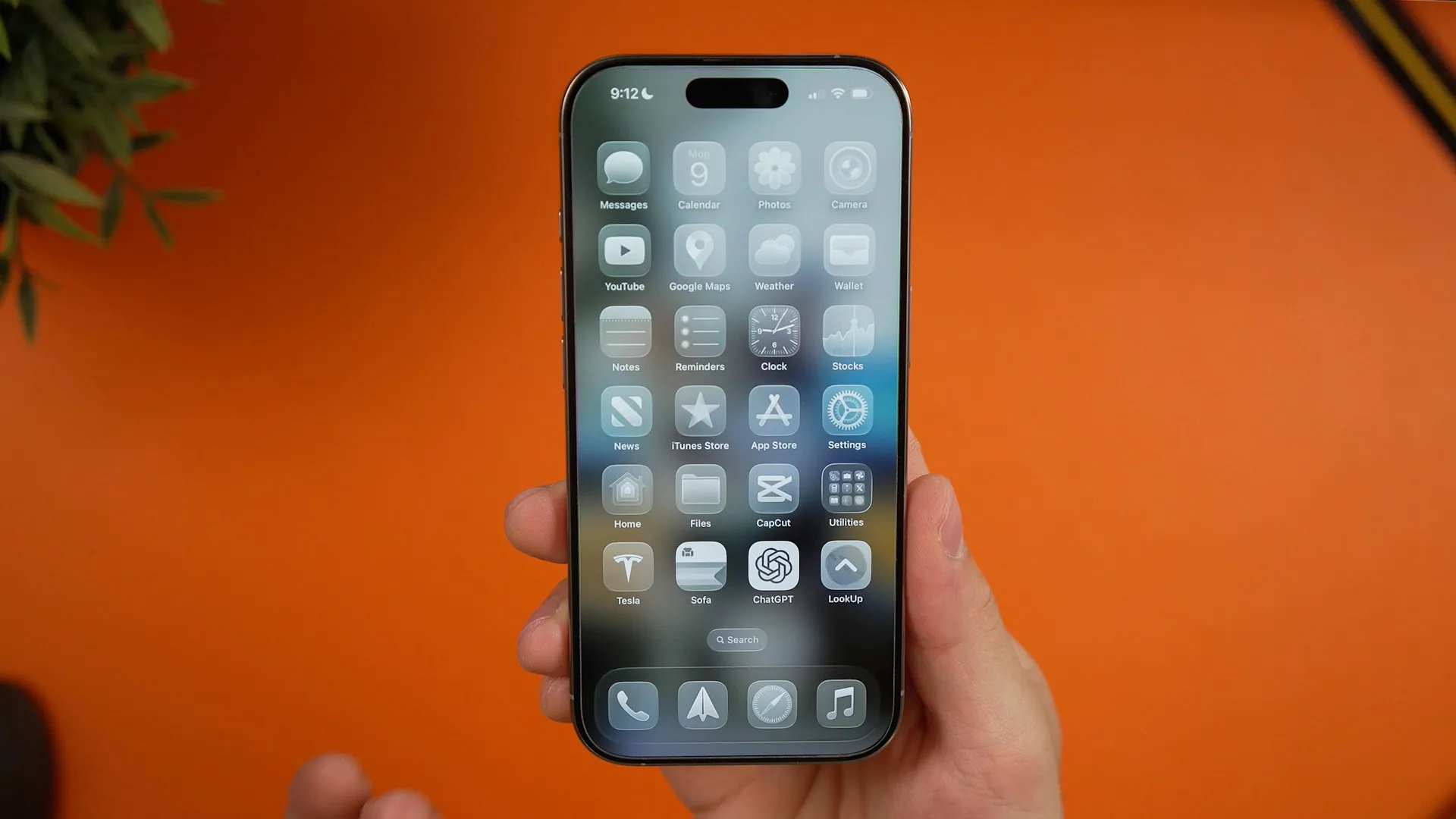
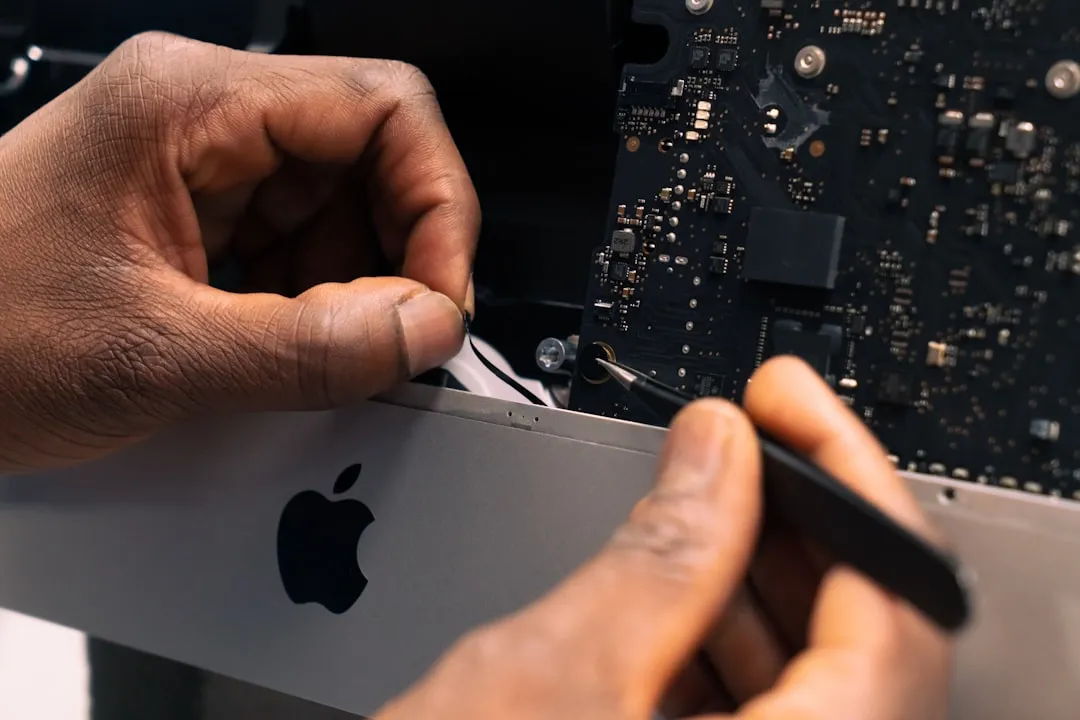
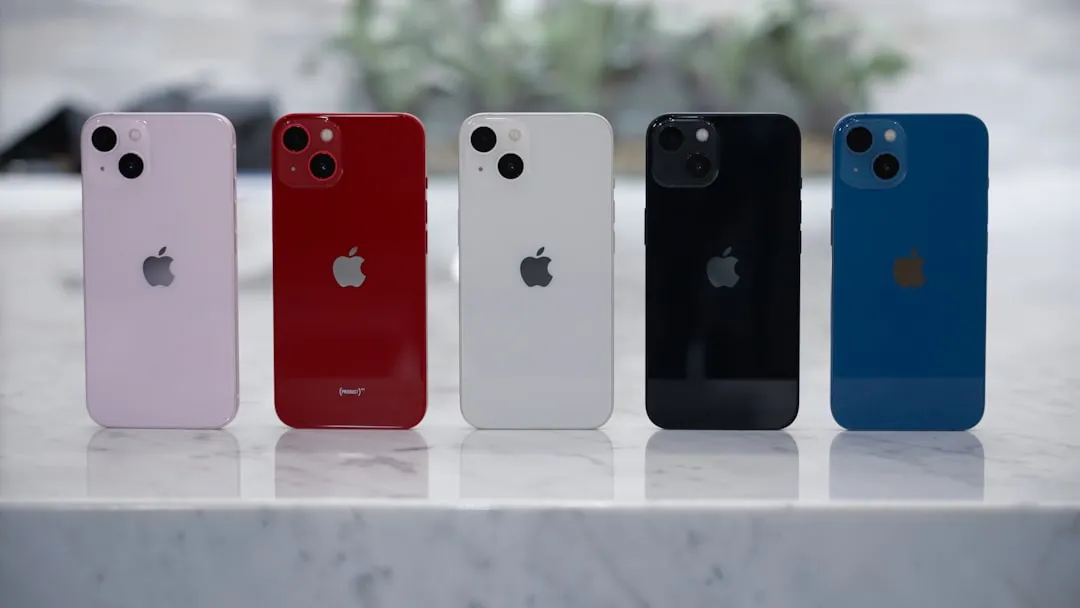
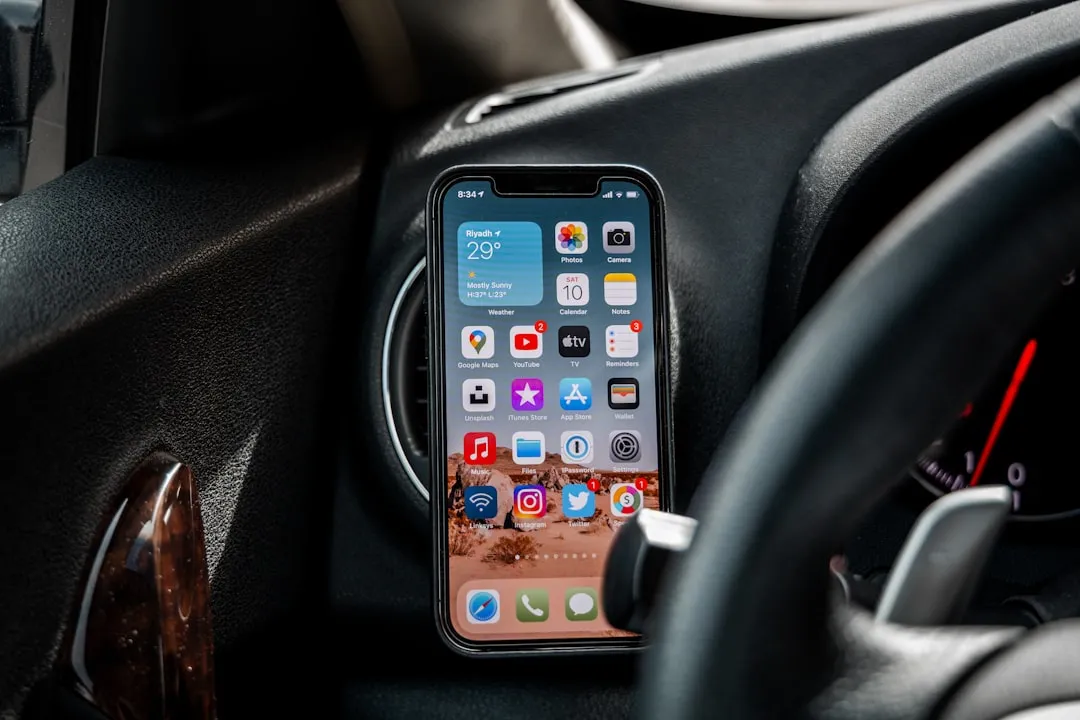


Comments
Be the first, drop a comment!